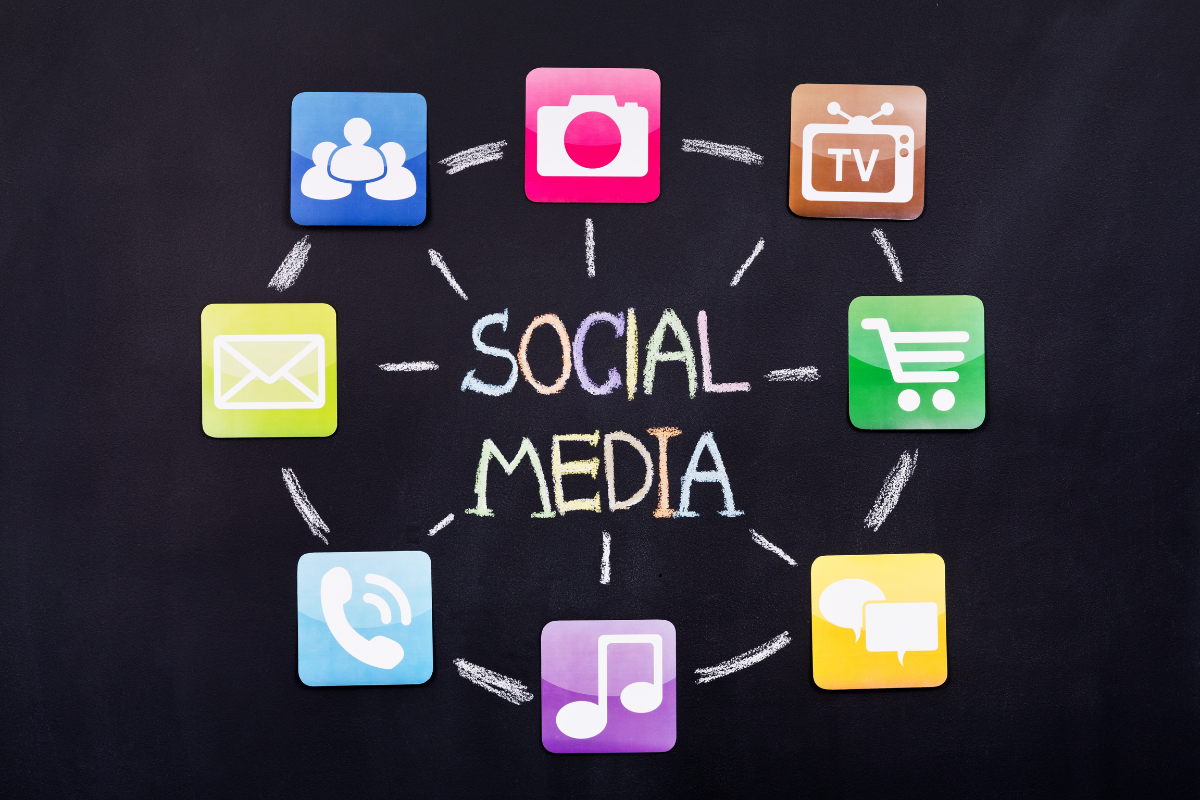What Are Social Media Icons?
Social icons allow developers to display various social logos (like Facebook, Twitter, etc.) on some notable area of your website. Doing so you will be able to communicate with new customers and keep in touch with those you already have
In the digital era, the visual landscape of a website or any online platform is pivotal to user engagement and connectivity. Among the various elements that contribute to an effective digital presence, social media icons hold significant importance. These small but potent symbols are not just decorative; they are critical tools in bridging the gap between a brand and its audience. This article delves into the essence of social media icons, their impact on digital marketing, and the best practices for their implementation.
Understanding Social Media Icons:
Social media icons are compact, clickable images that represent different social media platforms like Facebook, Twitter, Instagram, LinkedIn, Pinterest, and more. When users click on these icons, they are redirected to the corresponding social media profiles. This direct link encourages users to connect with the brand or individual on various social media platforms, facilitating ongoing engagement and communication.
The Impact of Social Media Icons on Digital Marketing:
- Enhanced Connectivity: Social media icons provide a seamless way for users to connect with a brand’s social media profiles. By including these icons prominently on a website or email, brands make it easy for users to follow, like, and share content, thereby enhancing connectivity and engagement.
- Increased Traffic and Engagement: When visitors click on social media icons, they are directed to the brand’s social media pages, where they can engage with the content. This interaction not only drives traffic to these profiles but also boosts engagement through comments, shares, and likes, fostering a community around the brand.
- Building Trust and Credibility: Displaying social media icons signals transparency and openness, which can build trust with visitors. An active social media presence suggests that the brand is approachable and responsive, qualities that are essential for establishing credibility.
- Supporting SEO Efforts: Active social media profiles linked through social media icons can contribute to improved SEO. Search engines consider social signals, such as likes and shares, when ranking websites. Therefore, social media icons indirectly support SEO efforts by increasing the brand’s visibility and reach.
Social media Icons in Today’s Digital Age:
In today’s digital age, social media icons have become synonymous with connectivity, influence, and expression. These small yet mighty symbols serve as gateways to vast online communities, allowing individuals and businesses to engage, share, and connect with audiences worldwide.
At their core, social media icons represent the digital presence of various platforms, including Facebook, Twitter, Instagram, LinkedIn, and more. Each icon carries with it the distinct identity and functionality of its respective platform, from Facebook’s ubiquitous thumbs-up to Twitter’s iconic blue bird.
These icons have transcended mere symbols; they have become cultural touchstones, embodying the essence of modern communication and interaction. With a simple click or tap, users can instantly navigate to their preferred social networks, where they can share their thoughts, experiences, and creativity with the world.
For businesses and brands, social media icons are indispensable tools for building and maintaining an online presence. Incorporating these icons into websites, emails, and marketing materials serves as a visual reminder of the brand’s digital footprint, inviting audiences to connect and engage across multiple platforms.
Furthermore, social media icons play a pivotal role in driving traffic, increasing brand visibility, and fostering community engagement. By strategically placing these icons on websites and digital assets, businesses can encourage users to follow, like, and share their content, amplifying their reach and influence within the digital sphere.
However, the power of social media icons extends beyond mere aesthetics; they also hold the potential to shape perceptions, evoke emotions, and catalyse action. Whether it’s the excitement of discovering a new Instagram post or the urgency of sharing breaking news on Twitter, these icons serve as catalysts for digital interaction and engagement.
Conclusion:
In conclusion, social media icons represent more than just symbols on a screen; they embody the interconnections of our digital world, serving as conduits for communication, expression, and community-building. As we continue to navigate the ever-evolving landscape of social media, these icons will remain steadfast symbols of connection and empowerment in the digital age.

